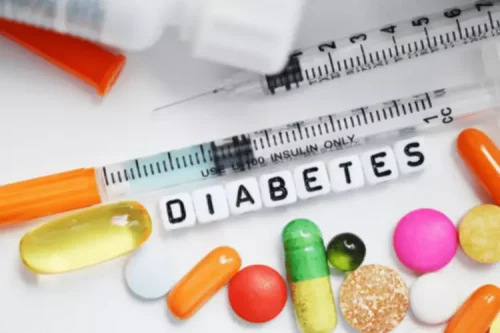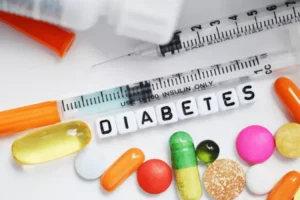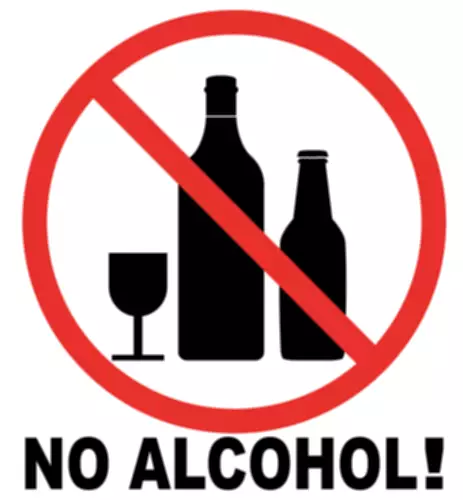
Reach out to friends, family, or support groups for encouragement during difficult times. Taylor may think, “All that good work down the drain, I am never going to be able to keep this up for my life.” Like Jim, this may also trigger a negative mindset and a return to unhealthy eating and a lack of physical exercise. Realistic—Although I had a setback, I did not lose the gains that I have made in the past months.

Sign up for text support

Also, R.M.ANOVA was used to compare within-group changes immediately, 1 week and 3 months after the intervention. Tests of Chi-square and Cochran’s Q were used for lapse and relapse changes between and within groups, respectively. These sessions were held weekly and provided by counseling experts in smoking cessation clinics. The AVE was introduced into the substance abuse literature within the context of the “relapse process” (Marlatt & Gordon, 1985, p. 37). Relapse has been variously defined, depending on theoretical orientation, treatment goals, cultural context, and target substance (Miller, 1996; White, 2007).
- Both the Intra-class Correlation Coefficient (ICC) and Cronbach’s alpha coefficient of the whole instrument were equal to 0.93.
- In other words, AVE describes the thoughts, feelings, and actions a person goes through after they make a mistake and have a drink or abuse a substance, despite trying to quit.
- Among these, family, social support, and some sociodemographic factors such as economic status and personal, professional, and organizational conditions could be mentioned.
Relationship Addiction: 10 Warning Signs You’re Addicted to Love (& How to Break Free)
The Abstinence Violation Effect (AVE) is a psychological phenomenon that refers to a person’s reaction to breaking a self-imposed rule of abstinence or self-control. It occurs when individuals who have set strict rules for themselves regarding certain behaviors or habits (e.g., alcohol consumption, smoking, or eating certain foods) engage in the prohibited behavior, leading to feelings of guilt, shame, and loss of control. The abstinence violation effect (AVE) occurs when an individual, having made a personal commitment to abstain from using a substance or to cease engaging in some other unwanted behavior, has an initial lapse whereby the substance or behavior is engaged in at least once. The AVE occurs when the person attributes the cause of the initial lapse (the first violation of abstinence) to internal, stable, and global factors within (e.g., lack of willpower or the underlying addiction or disease). The Abstinence Violation Effect is a concept originally introduced by psychologist Alan Marlatt in the context of treating substance abuse.

Single Forever: Why More People Choose Solo Living & Thrive (Study Shows)
The inclusion criteria were referring to the considered smoking cessation clinics and undergoing smoking cessation treatment and being able to read and write. Enrolling in another smoking cessation program and withdrawing from continuing participation in the study for any reason were among Drug rehabilitation the exclusion criteria. In conclusion, the abstinence violation effect is a psychological effect that impacts those in recovery, as well as those who are focused on making more positive behavioral choices in their lives. By reframing lapses as learning opportunities and teachable moments, cultivating self-compassion, and seeking support, individuals can navigate these challenges more effectively, increasing their chances of leading a healthier lifestyle.

Essential Characteristics of True Friendship That Stand the Test of Time
Self-efficacy is related to the positive results of treatment and abstinence, and the more self-efficacy a person perceives, the more successful his/her treatment will be 24. The results of this study showed that there was a significant difference between the 2 groups in terms of internal and external self-efficacy immediately, one week and three months after intervention. One of the strategies of Marlatt and Gordon’s approach to preventing relapse is increasing self-efficacy, and it emphasizes coping strategies to increase self-efficacy. In other words, this approach helps clients to identify high-risk situations and use effective coping skills such as cognitive coping skills, positive self-talk, and behavioral coping skills more effectively 25, 26.
- It can impact someone who is trying to be abstinent from alcohol and drug use in addition to someone trying to make positive changes to their diet, exercise, and other aspects of their lives.
- First, during the three stages of follow-up, an increase was observed in terms of lapse and relapse in the intervention group, which highlights the need to consider reminder and booster programs over time in the intervention.
For Immediate Treatment Help Call 800-526-5053
- One of the strategies of Marlatt and Gordon’s approach to preventing relapse is increasing self-efficacy, and it emphasizes coping strategies to increase self-efficacy.
- Relapse and abstinence violation effects involve a great deal of complexity and dynamism, with some variables acting in different degrees according to the situation and individual.
- Other more general strategies include helping the person develop positive addictions and employing stimulus-control and urge-management techniques.
- Training coping skills can lead to more self-restraint of people who smoke against the temptations and thus lapse rate is reduced.
- There are many relapse prevention models used in substance abuse treatment to counter AVE and give those in recovery important tools and coping skills.
- Recognizing the factors that contributed to the lapse, such as stressors or triggers, helps individuals to develop strategies and techniques to navigate similar challenges in the future.
Understanding how AVE impacts the path to overcoming addiction and abstinence violation effect the commitment to behavioral changes is pivotal. When experiencing AVE, individuals tend to internalize their lapse as a personal weakness which diminishes their self esteem. The negative internalization escalates into beliefs such as being unable to control their behaviors and that their efforts were for nothing. At this point, the individual is likely in a vulnerable state, triggering the desire to use or engage in the behavior again.
- A person who can implement effective coping strategies such as leaving a high-risk situation is less likely to relapse.
- The individuals who were referred to these centers were recruited until reaching the required sample size for each group (See Fig. 1).
- Understanding how AVE impacts the path to overcoming addiction and the commitment to behavioral changes is pivotal.
- The Abstinence Violation Effect can have both positive and negative effects on behavior change.
- Smoking harms nearly every organ in the body, causing numerous diseases and affecting the health of smokers in general 3.

Among these, family, social support, and some sociodemographic factors such as economic status and personal, professional, and organizational conditions could be mentioned. Marlatt and Gordon introduced their behavior change theoretical model in 1985 for relapse prevention in terms of smoking, tobacco use, hookah assumption and any dependence condition. This model provides a conceptual framework for intervening in the relapse process, aiming to prevent or decrease relapse occurrences and ultimately enhance treatment results. Additionally, it encourages clients to actively participate in the treatment program as partners, and the client is taught that habit change is a process of skill acquisition rather than a test of willpower 17. In the second training session, the CBT intervention was focused on identifying high-risk situations through brainstorming about triggers, as well as methods of adapting to triggers.